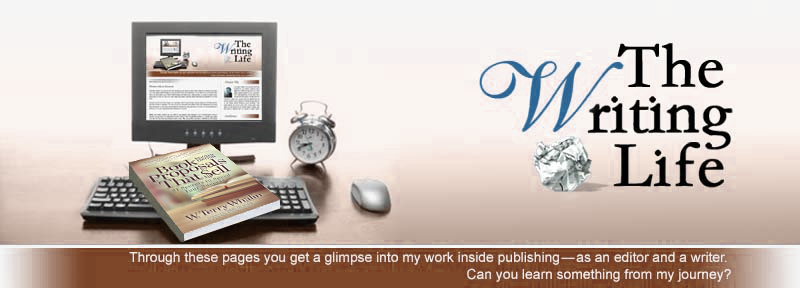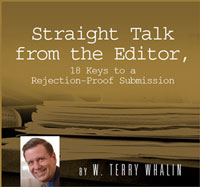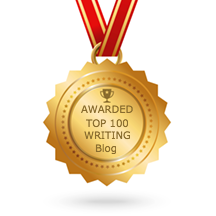Insight for Rewrites
 As I mentioned in yesterday’s post, I’m including some insight from Janet Evanovich’s new book, How I Write, Secrets of a Bestselling Author. Fairly untypical for the types of books I read, there are a couple of four-letter words inserted in her book examples yet overall this book contains valuable insight from a bestselling novelist. Today I’m going to include a taste of her information about rewriting.
As I mentioned in yesterday’s post, I’m including some insight from Janet Evanovich’s new book, How I Write, Secrets of a Bestselling Author. Fairly untypical for the types of books I read, there are a couple of four-letter words inserted in her book examples yet overall this book contains valuable insight from a bestselling novelist. Today I’m going to include a taste of her information about rewriting.
On p. 116, Ina Yalof (the nonfiction co-author who wrote Evanovich’s book and includes her teaching in gray boxes scattered throughout the book) says, “There are many methods of rewriting. Some authors start their workday by rewriting the pages they wrote the day before. Others stop every fifty to one hundred pages and rewrite them. Some just read through the work from the day before to get a sense of continuity but do nothing until the end. Still others never pick up the earlier work until the book is completed. This is perhaps the best and most efficient way for first-time authors. It also is helpful to wait for several weeks before completing your book and going back to look at it again. You don’t have to wait, of course, but with some time away, the more objective your next look will be. Now you get to view your book through the eyes of a reader, not a writer.”
OK, that was a solid bit of advice about different methods of rewriting your work. Notice what she said about laying it aside to gain objectivity. It’s been true from my personal experience—yet on the next page, Janet Evanovich is asked if she practices this suggestion. “I’d love to set my manuscript aside for a while and then see it with a fresh eye, but I never have the time. I’m a little overcommitted, so I finish a manuscript and then immediately edit it and then edit it again (and yep, sometimes even again). Then it’s off to the publisher, and my editor does her edit.”
There’s a bit of a reality check for you. Bestselling authors have a lot of pressure to produce and some of the work gets more rewrite time and effort in the process than others. It’s how you can explain that some of your favorite authors seem to be a bit off at times—and when this happens I suspect the book has been rushed through the editorial process (to the detriment of the finished book).
Throughout this well-crafted book, Ina Yalof summarizes teaching points and they are set off in gray boxes. In this area of rewriting, the book includes this series of questions for the writer to consider about rewriting called A Rewriting Checklist:
- “Did you read your manuscript as if you were seeing it for the first time?
- Does your story grab the reader’s interest right away?
- Is it clear what the main characters want and what are their motivations?
- Is it clear someone or something doesn’t want your main characters to meet their goals?
- Will the reader be able to identify with the main characters and care what happens to them?
- Is the villain strong enough to give the main characters a true challenge?
- Did you edit out all of the parts of your novel that are bogging the story down or are unnecessary, especially in the middle?
- Do you need to add a scene to keep the stakes high and the momentum rolling, especially in the middle?
- Did you fix bad transitions and descriptive gaps?
- Does the dialogue sound realistic?
- Does the rhythm of the dialogue suit the character?
- Is your ending satisfying to your reader?
- Have you edited out words that serve no function? (Don’t use twenty words when five will do.)
- Does every sentence move the discussion or the scene forward?
- Is every action in keeping with each character’s nature and personality?
- Are all of your loose ends tied up at the end of the novel?
- Is it clear that the reader knows who is speaking?
- If you’re using a real city as your backdrop, did you fact check geographic locations, landmarks, street names, bus routes, etc.?
- Did you back up your work on two disks?” ( p. 120–121)
From my perspective, every author should ask these questions to challenge your work before sending it off to your editor or even if you want the editor to consider it. I see so many poorly-crafted query letters, book proposals and manuscripts. If you or any reader will use this checklist to raise the bar of your submissions, then your editor will appreciate the effort.





















0 Comment:
Post a Comment
That's the writing life...
Back to the home page...